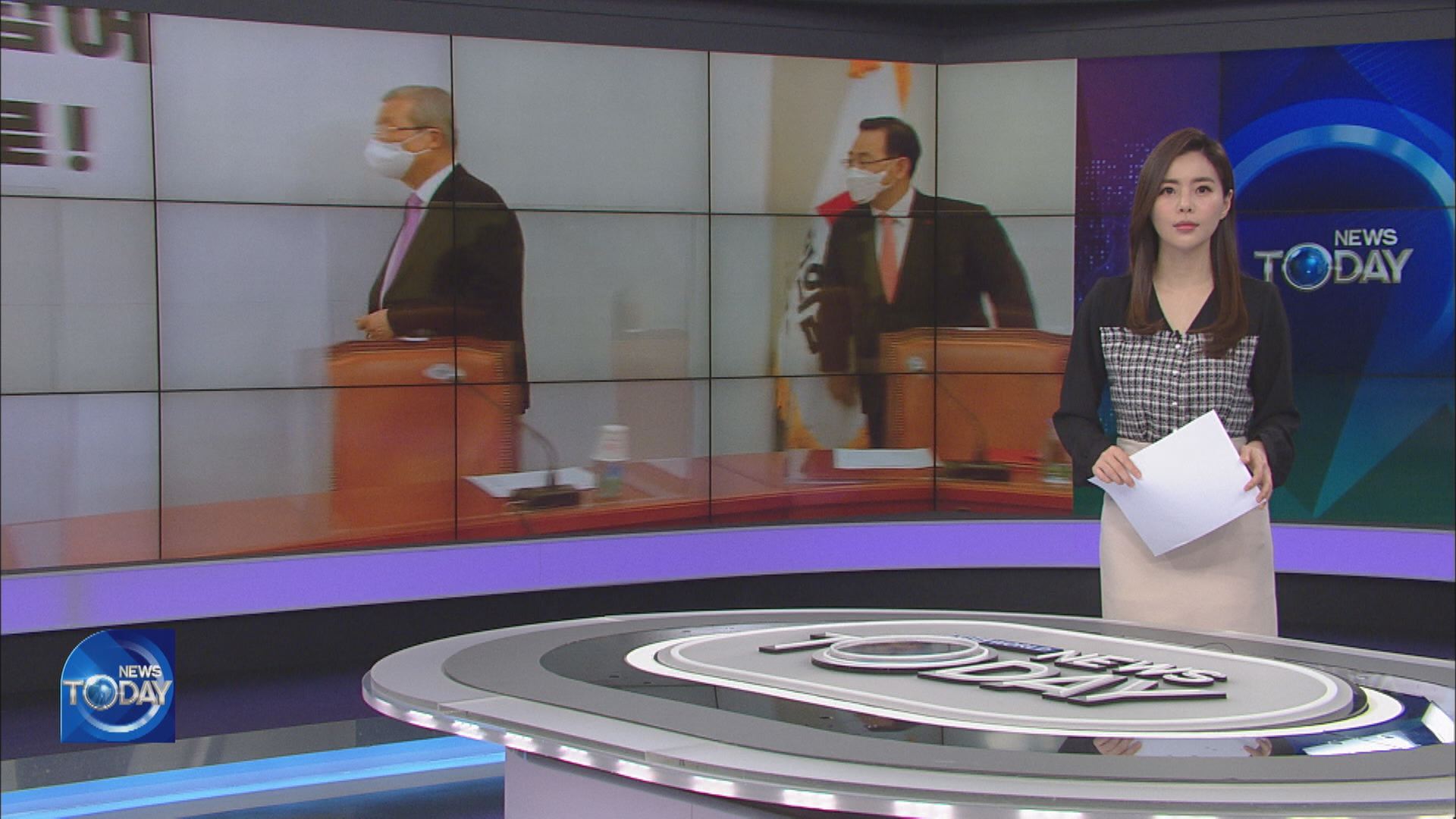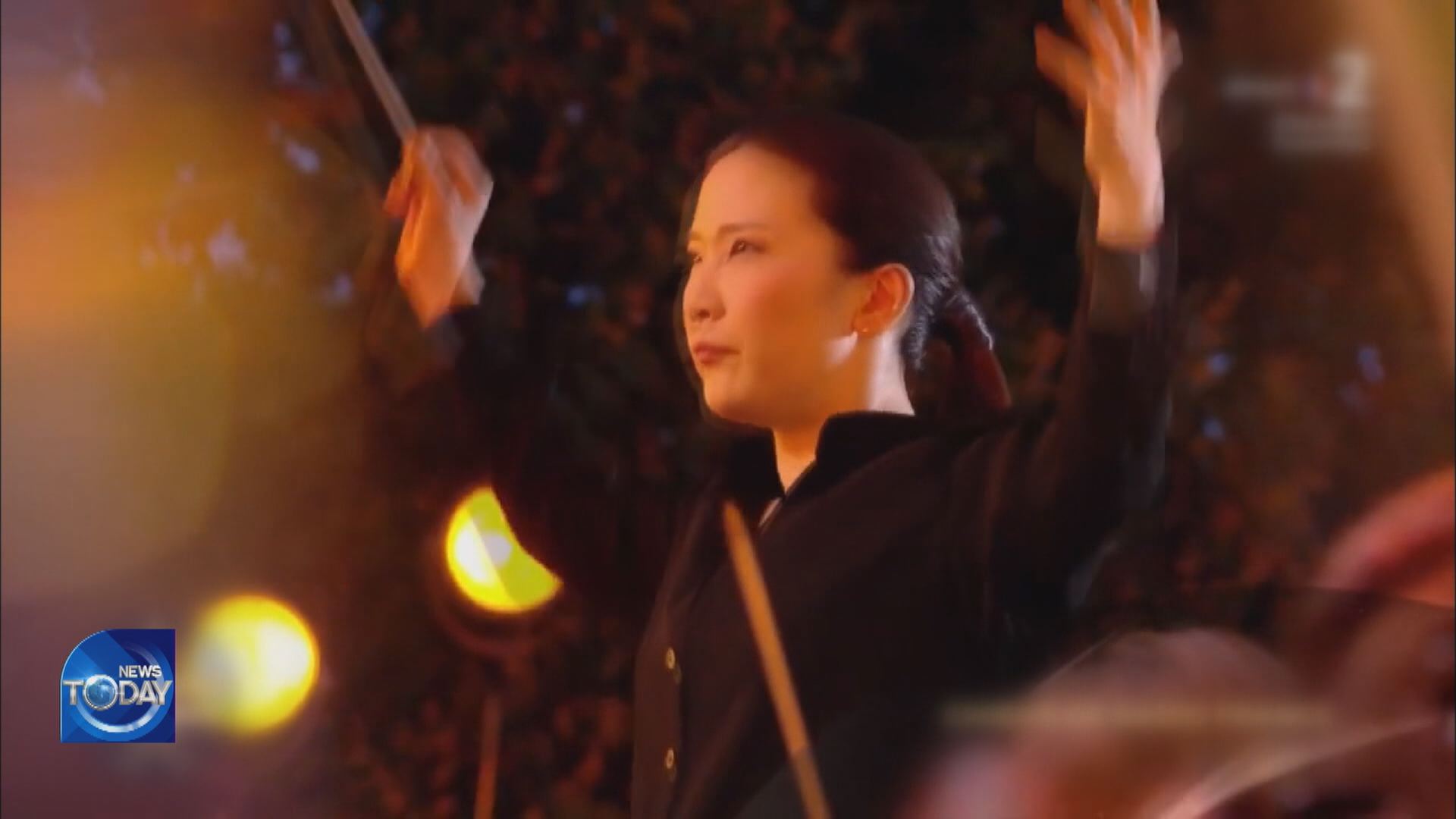SUBSIDIES ON HIGH-END ELECTRIC CARS
입력 2021.01.22 (15:12)
수정 2021.01.22 (16:45)
읽어주기 기능은 크롬기반의
브라우저에서만 사용하실 수 있습니다.
[Anchor Lead]
So far, the government has given a subsidy of around 10 million won for each electric vehicle sold, rapidly boosting the sales of green cars in Korea. But now the government has decided not to pay any subsidy on high-end electric cars costing over 90 million won. The differentiated subsidy plan is expected to bring extensive changes in the Korean e-vehicle market.
[Pkg]
Tesla’s Model S is priced at over 100 million won. When a Seoul resident bought this vehicle last year, he or she would have received a subsidy of roughly 12 million won. But now the subsidy would not apply. Starting this year, the government has decided to not subsidize electric vehicles costing more than 90 million won.
[Soundbite] SONG SEOK-SEOP(MINISTRY OF ENVIRONMENT) : "There were concerns over income regressivity, which means the subsidy benefits only high-income class. As the country needs to promote entry-level electric models, we decided to put in place a subsidy plan differentiated by vehicle price."
E-vehicles between 60 and 90 million won will receive only 50% of the current subsidy, while those under 60 million won stand to receive the current rate of subsidy. Subsequently, most of the imported electric cars will be given none or reduced subsidy. However, domestic e-vehicles priced under 60 million won will receive as much as 19 million won in national and local government subsidies. The domestic sales of e-vehicles have spiked, increasing from 55,000 vehicles in 2018 to more than 130,000 last year.
As new green car models such as Hyundai’s Ionic 5 and Tesla’s Model Y are about to debut in the market... the changed subsidy plan is likely to affect the pricing of new models.
[Soundbite] HAN BYUNG-HWA(ANALYST, EUGENE INVESTMENT & SECURITIES) : "The differentiated subsidy plan would lead to lower prices for EVs and eventually hasten the narrowing of a price gap between internal combustion vehicles and electric ones."
The government will also encourage performance enhancement of e-vehicles by providing more subsidies to those with higher battery efficiency. Hydrogen-fueled cars, which are still not widely distributed, stand to receive up to 37.5 million won in subsidy.
So far, the government has given a subsidy of around 10 million won for each electric vehicle sold, rapidly boosting the sales of green cars in Korea. But now the government has decided not to pay any subsidy on high-end electric cars costing over 90 million won. The differentiated subsidy plan is expected to bring extensive changes in the Korean e-vehicle market.
[Pkg]
Tesla’s Model S is priced at over 100 million won. When a Seoul resident bought this vehicle last year, he or she would have received a subsidy of roughly 12 million won. But now the subsidy would not apply. Starting this year, the government has decided to not subsidize electric vehicles costing more than 90 million won.
[Soundbite] SONG SEOK-SEOP(MINISTRY OF ENVIRONMENT) : "There were concerns over income regressivity, which means the subsidy benefits only high-income class. As the country needs to promote entry-level electric models, we decided to put in place a subsidy plan differentiated by vehicle price."
E-vehicles between 60 and 90 million won will receive only 50% of the current subsidy, while those under 60 million won stand to receive the current rate of subsidy. Subsequently, most of the imported electric cars will be given none or reduced subsidy. However, domestic e-vehicles priced under 60 million won will receive as much as 19 million won in national and local government subsidies. The domestic sales of e-vehicles have spiked, increasing from 55,000 vehicles in 2018 to more than 130,000 last year.
As new green car models such as Hyundai’s Ionic 5 and Tesla’s Model Y are about to debut in the market... the changed subsidy plan is likely to affect the pricing of new models.
[Soundbite] HAN BYUNG-HWA(ANALYST, EUGENE INVESTMENT & SECURITIES) : "The differentiated subsidy plan would lead to lower prices for EVs and eventually hasten the narrowing of a price gap between internal combustion vehicles and electric ones."
The government will also encourage performance enhancement of e-vehicles by providing more subsidies to those with higher battery efficiency. Hydrogen-fueled cars, which are still not widely distributed, stand to receive up to 37.5 million won in subsidy.
■ 제보하기
▷ 카카오톡 : 'KBS제보' 검색, 채널 추가
▷ 전화 : 02-781-1234, 4444
▷ 이메일 : kbs1234@kbs.co.kr
▷ 유튜브, 네이버, 카카오에서도 KBS뉴스를 구독해주세요!
- SUBSIDIES ON HIGH-END ELECTRIC CARS
-
- 입력 2021-01-22 15:12:39
- 수정2021-01-22 16:45:18

[Anchor Lead]
So far, the government has given a subsidy of around 10 million won for each electric vehicle sold, rapidly boosting the sales of green cars in Korea. But now the government has decided not to pay any subsidy on high-end electric cars costing over 90 million won. The differentiated subsidy plan is expected to bring extensive changes in the Korean e-vehicle market.
[Pkg]
Tesla’s Model S is priced at over 100 million won. When a Seoul resident bought this vehicle last year, he or she would have received a subsidy of roughly 12 million won. But now the subsidy would not apply. Starting this year, the government has decided to not subsidize electric vehicles costing more than 90 million won.
[Soundbite] SONG SEOK-SEOP(MINISTRY OF ENVIRONMENT) : "There were concerns over income regressivity, which means the subsidy benefits only high-income class. As the country needs to promote entry-level electric models, we decided to put in place a subsidy plan differentiated by vehicle price."
E-vehicles between 60 and 90 million won will receive only 50% of the current subsidy, while those under 60 million won stand to receive the current rate of subsidy. Subsequently, most of the imported electric cars will be given none or reduced subsidy. However, domestic e-vehicles priced under 60 million won will receive as much as 19 million won in national and local government subsidies. The domestic sales of e-vehicles have spiked, increasing from 55,000 vehicles in 2018 to more than 130,000 last year.
As new green car models such as Hyundai’s Ionic 5 and Tesla’s Model Y are about to debut in the market... the changed subsidy plan is likely to affect the pricing of new models.
[Soundbite] HAN BYUNG-HWA(ANALYST, EUGENE INVESTMENT & SECURITIES) : "The differentiated subsidy plan would lead to lower prices for EVs and eventually hasten the narrowing of a price gap between internal combustion vehicles and electric ones."
The government will also encourage performance enhancement of e-vehicles by providing more subsidies to those with higher battery efficiency. Hydrogen-fueled cars, which are still not widely distributed, stand to receive up to 37.5 million won in subsidy.
So far, the government has given a subsidy of around 10 million won for each electric vehicle sold, rapidly boosting the sales of green cars in Korea. But now the government has decided not to pay any subsidy on high-end electric cars costing over 90 million won. The differentiated subsidy plan is expected to bring extensive changes in the Korean e-vehicle market.
[Pkg]
Tesla’s Model S is priced at over 100 million won. When a Seoul resident bought this vehicle last year, he or she would have received a subsidy of roughly 12 million won. But now the subsidy would not apply. Starting this year, the government has decided to not subsidize electric vehicles costing more than 90 million won.
[Soundbite] SONG SEOK-SEOP(MINISTRY OF ENVIRONMENT) : "There were concerns over income regressivity, which means the subsidy benefits only high-income class. As the country needs to promote entry-level electric models, we decided to put in place a subsidy plan differentiated by vehicle price."
E-vehicles between 60 and 90 million won will receive only 50% of the current subsidy, while those under 60 million won stand to receive the current rate of subsidy. Subsequently, most of the imported electric cars will be given none or reduced subsidy. However, domestic e-vehicles priced under 60 million won will receive as much as 19 million won in national and local government subsidies. The domestic sales of e-vehicles have spiked, increasing from 55,000 vehicles in 2018 to more than 130,000 last year.
As new green car models such as Hyundai’s Ionic 5 and Tesla’s Model Y are about to debut in the market... the changed subsidy plan is likely to affect the pricing of new models.
[Soundbite] HAN BYUNG-HWA(ANALYST, EUGENE INVESTMENT & SECURITIES) : "The differentiated subsidy plan would lead to lower prices for EVs and eventually hasten the narrowing of a price gap between internal combustion vehicles and electric ones."
The government will also encourage performance enhancement of e-vehicles by providing more subsidies to those with higher battery efficiency. Hydrogen-fueled cars, which are still not widely distributed, stand to receive up to 37.5 million won in subsidy.
이 기사가 좋으셨다면
-
좋아요
0
-
응원해요
0
-
후속 원해요
0














![[단독] 골프연습장 아니라더니<br>…‘한남동 골프연습장’ 도면 입수](/data/news/2025/07/01/20250701_Uh8Jnu.png)


이 기사에 대한 의견을 남겨주세요.